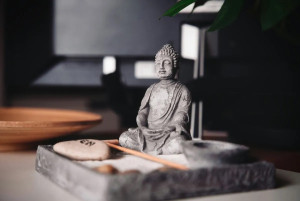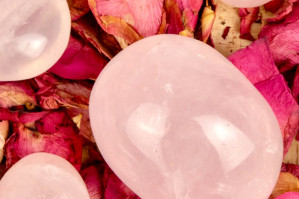Tarot is a mode of divination, a method of connecting further with astrology, and a simple game of cards. Within the 78 cards of the tarot a story unfolds. Through examination of the archetypes depicted, tarot can broaden how we observe ourselves and others with clarity.
The Introduction of Playing Cards
The invention of paper in 12th century China makes way for the creation of playing cards. Playing cards were a popular past time for soldiers and travelers alike. Dispersed through trade routes, playing cards are popularized in Middle Eastern countries and later on, Spain. During this time, decks are similar to modern playing cards. These modern playing cards are referred to as Mamluk decks, and were used to play na’ibs, or “deputies”, an Egyptian game; na’ibs later evolved into the Spanish word naipe, meaning playing card. In
Game of Tarot, author Michael Dummett, influential British philosopher and founding member of the International Playing Cards Society, explores the history of tarot. Tarot cards were not utilized for the art of divination until the 18th century, despite their creation in approximately 1429. Contrary to popular belief, prior to divinatory uses, tarot cards were used as playing cards by Europeans. “The hundred years between about 1730 and 1830 were the heyday of the game of Tarot; it was played not only in northern Italy, eastern France, Switzerland, Germany and Austria-Hungary, but also in Belgium, the Netherlands, Denmark, Sweden and even Russia.”
Traditional Tarot Decks
Traditional tarot decks feature seventy-eight cards which are divided into five suites: Wands, Cups, Swords, Pentacles and trump cards, also known as the major arcana. Major arcana means greater secrets, while minor arcana means lesser secrets. The major arcana begins with The Fool representing a new soul led by divine information, and ends with The World, our connection to existence as a whole. The minor arcana features ten pip cards in each suite, including four court cards: King, Queen, Knight, Page.
The Rider-Waite-Smith Tarot
The most replicated and notorious tarot deck is the Rider-Waite-Smith deck. Published in 1909, The Rider-Waite-Smith deck was created by occultist A. E. Waite and artist Pamela Coleman Smith. Unlike other tarot decks, the Rider-Waite-Smith deck illustrated each of the forty pip cards. Due to their distinct visual details the Rider-Waite-Smith pip cards are easier for beginners to connect with.
The Visconti-Sforza Tarot
The tarot deck as we know it does not come about until approximately 14th century Italy. The cards were created for Duke Filippo Maria Visconti, duke of Milan, around the time of his daughter’s betrothal. Fine art was a prized gift among the wealthy, and featured within the cards were depictions of both families, as well as emblems representing both the Visconti and Sforza families. Twenty incomplete packs exist, with the oldest being from Milan. The remaining cards from the Visconti-Sforza tarot decks are spread across various private collections, museums and libraries.
Tarot de Marseilles Tarot
In 1499 France conquered Milan and adopted the Italian game of Trionfi. The Italian card game became so popular in France, Marseilles became a major manufacturer of tarot cards in Europe. Decks produced in Marseilles, France became known as Tarot de Marseilles. The Tarot de Marseilles decks feature slight differences in design. Tarot’s mysterious origins will continue to captivate historians, artists and occult enthusiasts as long as it exists. The evolution of tarot has imprinted cultures both spiritually and artistically, opening realms of possibility and connection for centuries to come.



